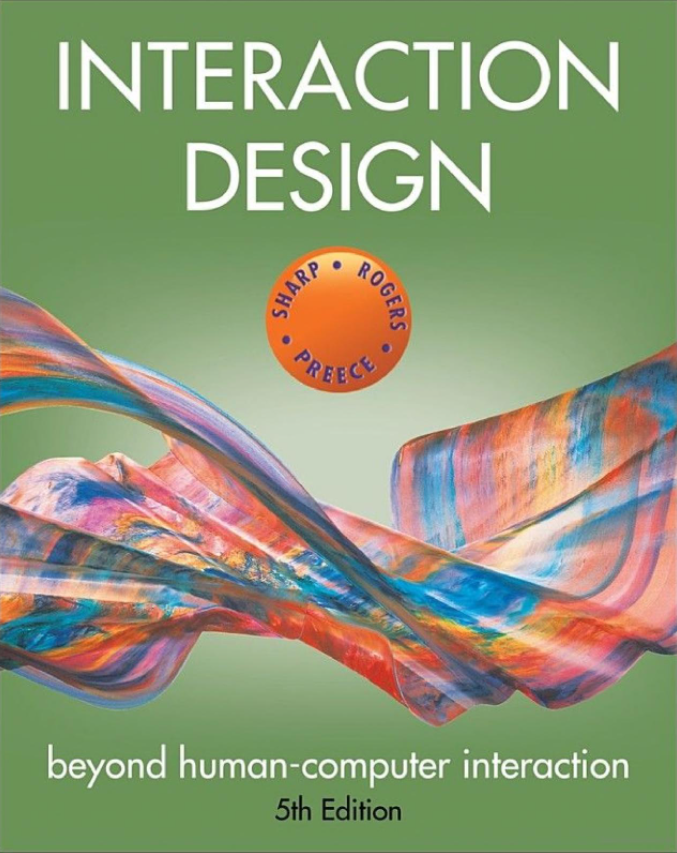interaction design in practice
user experience (UX) designer
many names
working with software development teams
not from scratch
deliverables: requirements gathering, design ideation, prototyping, and evaluation
agile UX
agile development
iterative process
cross-functional teams
focus on individuals and interactions
working software over documentation
responding to change rather than plan
agile UX
commonality between UX and agile
iteration
measurable completion criteria
UX design a mind-set, not just a role
iteration
rapid
incorporating user feedback
testing alternatives
sprint, timebox, or cycle
deliverables
design artifacts vs consumables
personas, scenarios, prototypes
focus on end product as deliverable
focus of agile UX
what user research to conduct, how much, and when?
how to align UX design and agile working practices?
what documentation to produce, how much, and when?
user research
data collection and analysis activities
field studies and ethnography
short sprints
conduct before project begins
ongoing user research program
aligning work practice
big design up front
reprioritization of requirements
UX design alongside agile iterations

advantages for designers
no design time wasted on features not implemented
usability testing and contextual inquiry done at the same time
timely feedback from users and developers
does not diminish need to work together
co-locate or not
one UX designer for every team
agile emphasizes regular communication
designers with team or with each other
documentation
capture and communicate design
personas, sketches, wireframes
design main deliverable
agile encourages minimal documentation
documentation should not replace communication and collaboration
identify amount of documentation
how much time do you spend on documentation?
who uses the documentation?
what is the minimum that customers need from the documentation?
how efficient is your sign-off process?
what evidence is there of document duplication?
if documentation is only for the purpose of communication or development, how polished does it need to be?
lean ux
lean UX
focus on getting products into the market
designing and developing innovative products
tight iteration of build-measure-learn
minimum viable product (MVP)
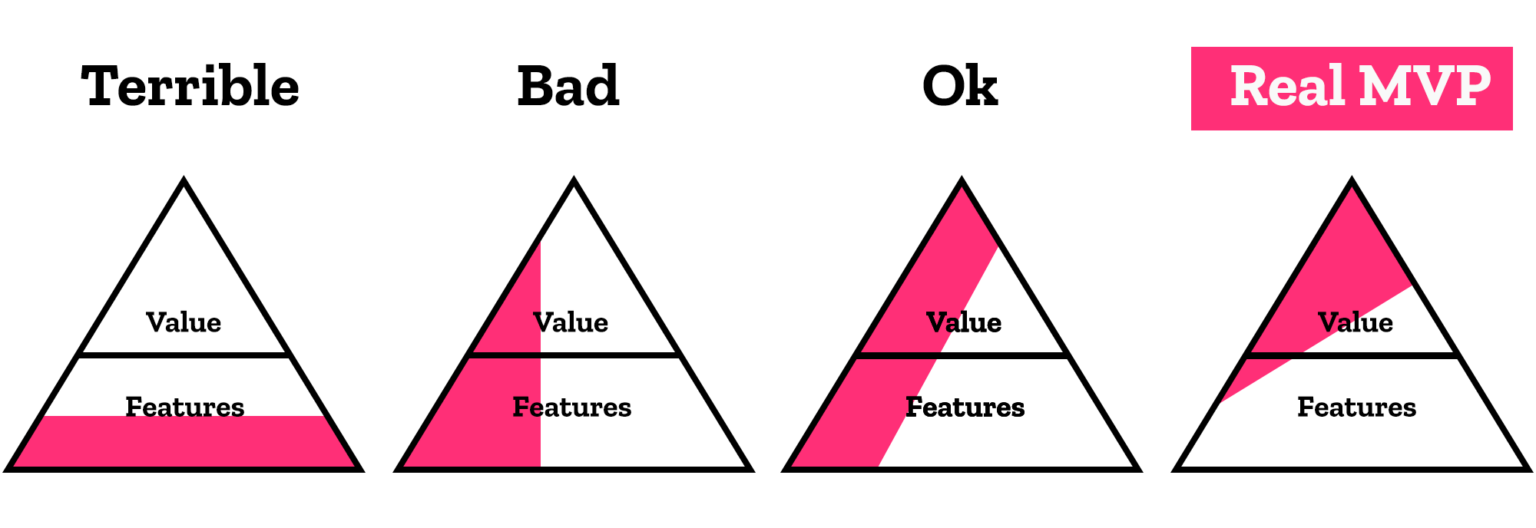
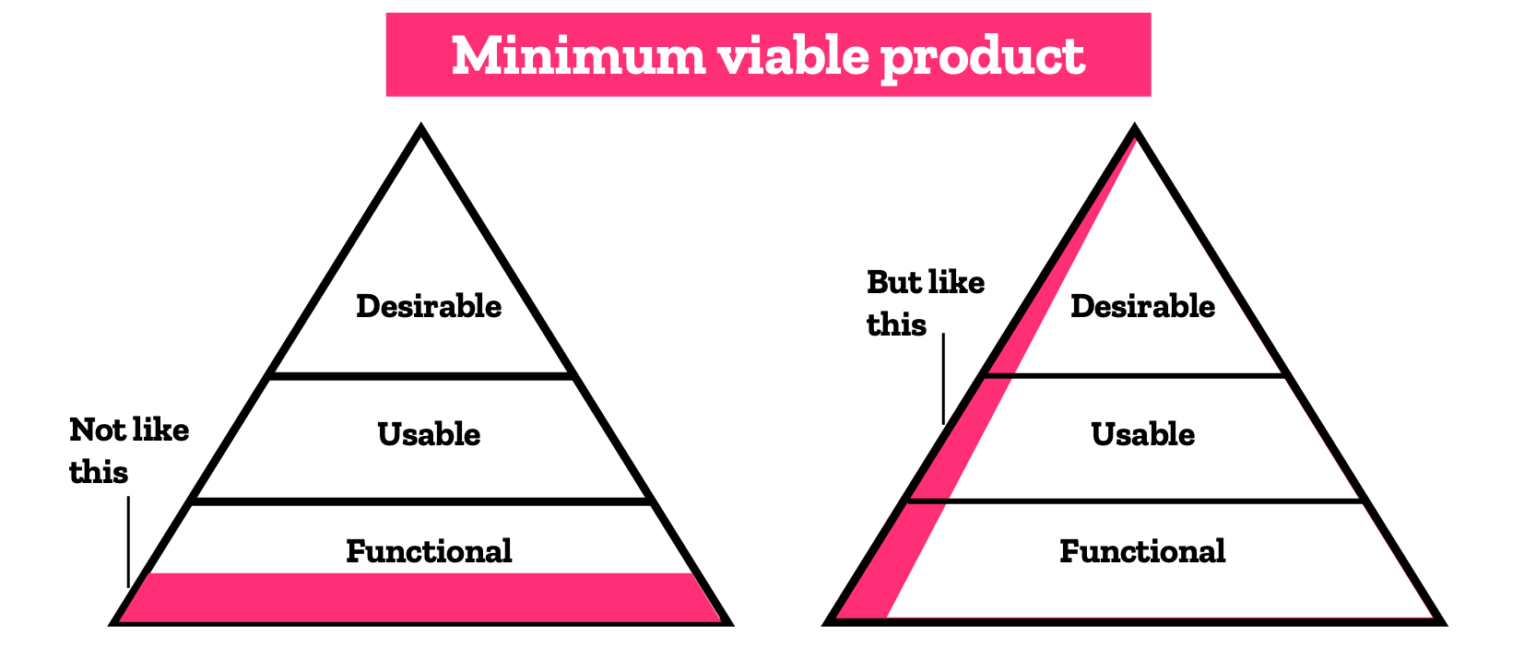
design patterns
model-view-controller (MVC)

design patterns
capture design experience
intention: provide vocabulary for communication
intention: literature that documents experience in compelling form
what is a design pattern?
a solution to a problem in a context
describes a problem, solution, and where it works
generative: instantiated and implemented in different ways
swiss army knife navigation
maximize product use of screen space
keep users engaged in their context
off-canvas or side drawer navigation
work in progress
continue to evolve with use
experience increases
users' preferences change
outdated
pattern language
network of patterns
reference one another
work together for complete structure
anti-pattern
represent poor practice
distillations of previous common practice
technology changing
patterns don't always translate to new technologies
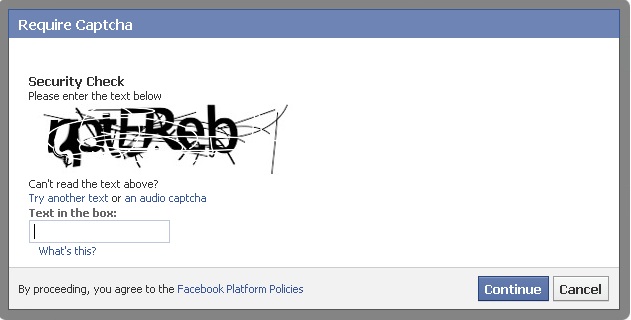
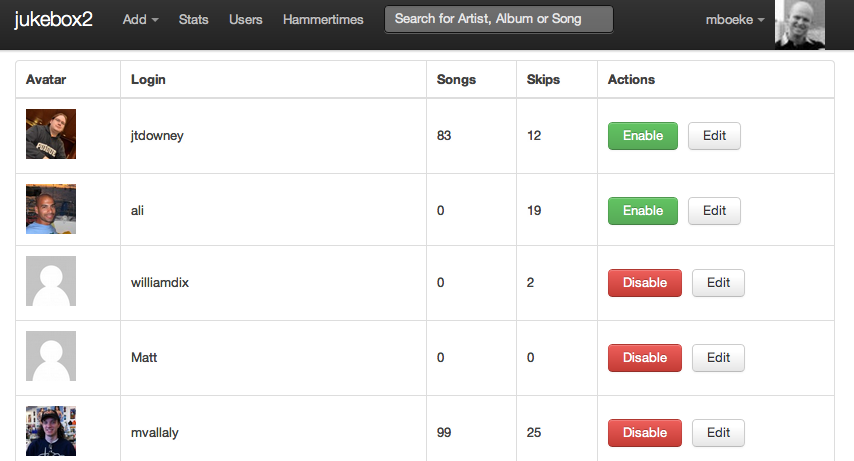
dark patterns
designed to trick people
sometimes mistakes
knowledge of behavior to deceive users
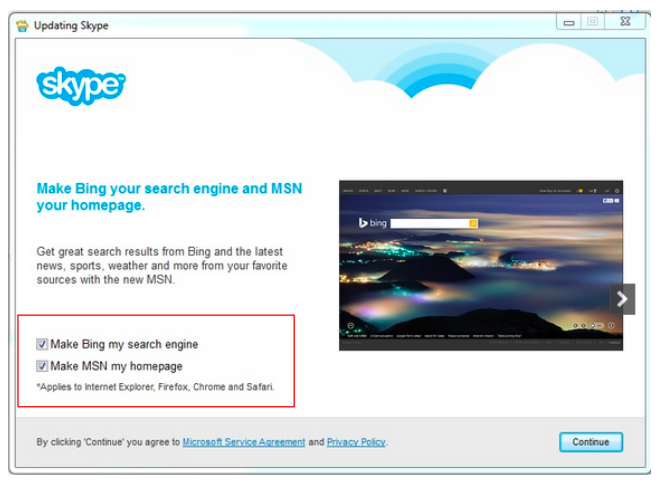
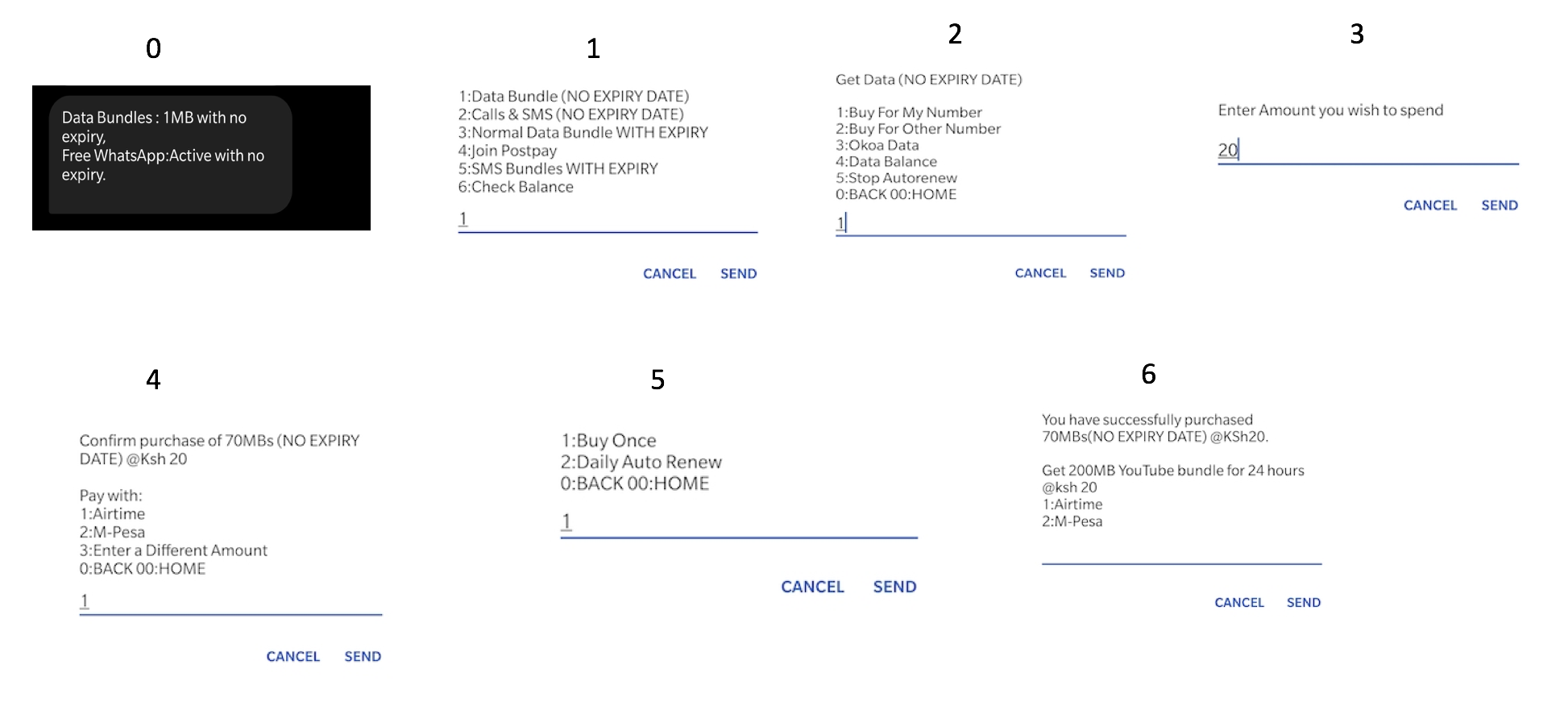
open source resources
open source software
source code for components, frameworks, or whole systems
community driven
use and modify for own requirements
growing proportion for designing good UX
tools for interaction design
landscape of tools
many types of tools
creative thinking, design sketching, simulation, video capture, brainstorming, mind mapping
digital low-fidelity prototyping
wireframes and mock-ups
tools
questions?
reading for next class
Chapter 14: Introducing Evaluation
Interaction Design: Beyond Human-Computer Interaction
